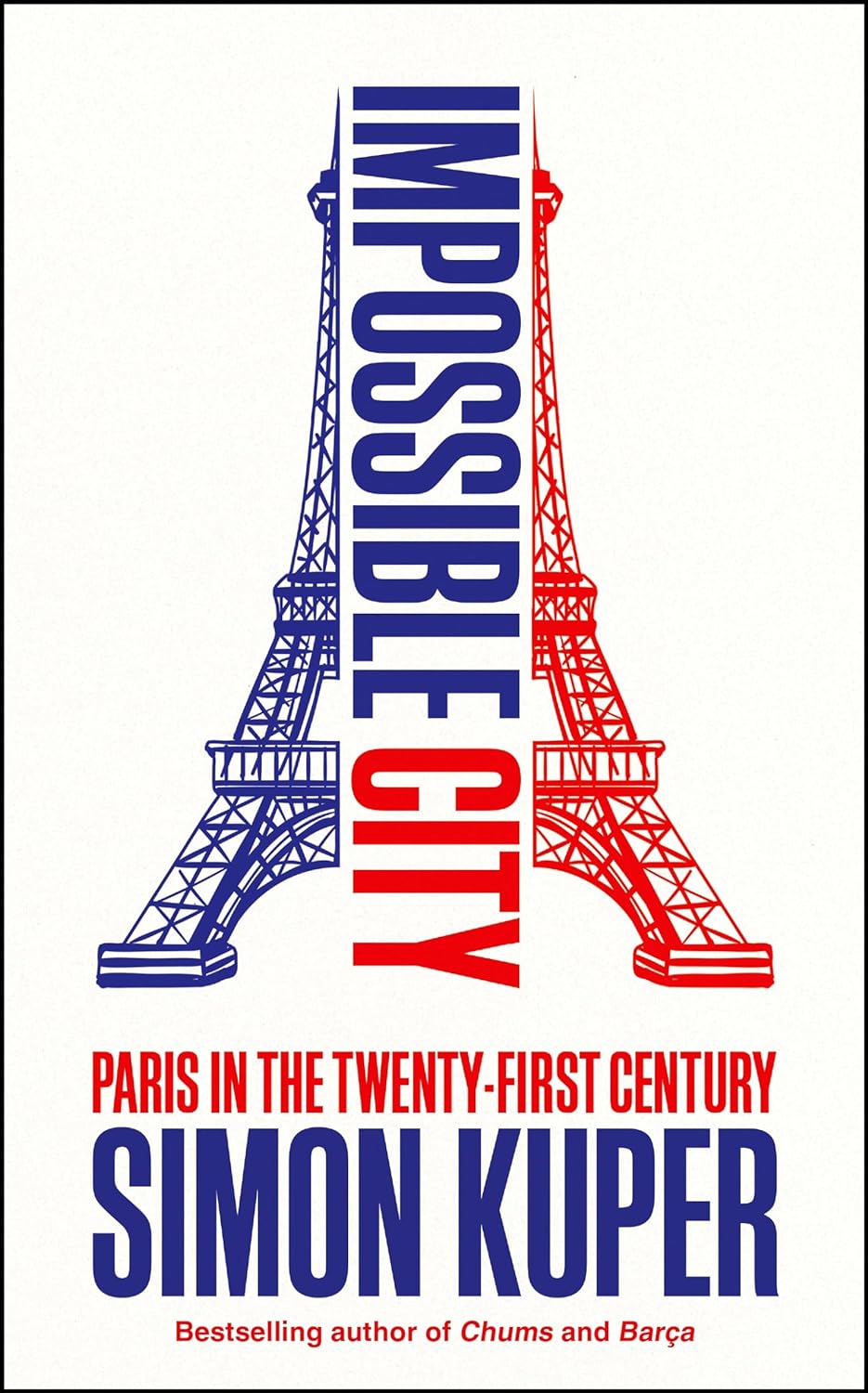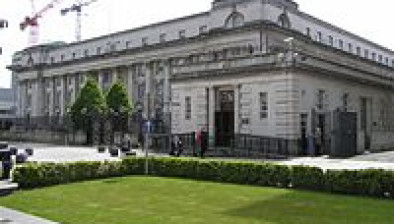Review: Impossible City, life in contemporary Paris

All eyes are on Paris and the publishers are cashing in on the Olympics with a raft of new books focussing on ‘The City of Light’, writes Graham Ogilvy.
In Impossible City, Financial Times correspondent Simon Kuper pens a love letter to the city that his been his home for over 20 years.
But it is also a contemporary analysis of the desperately elitist power structures of modern France that centre around the three grandes ecoles and those exclusive arrondissements where the powerful and wealthy reside – a smug and self-satisfied world now challenged by populism of the right and left.
In some ways, it is a book of three parts. Firstly, the story of Kuper finding his feet and settling in to a city where ‘bobos’, the bohemian bourgeois, gentrify the few remaining pockets within the peripherique of affordable housing – only to be ultimately squeezed out by wealthy, super-rich incomers.
In the second part of the book it becomes clear that both the ‘bobos’ and the wealthy newcomers will never be accepted by the self-perpetuating Parisian ruling clique, a sort of Gallic Bullingdon Club, who despise the arrivistes as unsophisticated and unrefined ‘beaufs’. Anyone from outside Paris, or the preferred beaux quartiers within it, is regarded by the court which surrounds the French president as a ‘plouc’ or country bumpkin.
Kuper’s analysis of the powerful is insightful and informed by his best-selling Chums, which examined the antics of our recent Old Etonian rulers and their toxic legacy. Kuper’s observations were made before the current political instability that grips the Hexagon and now look prescient indeed.
Kuper is not given to the whimsy of Peter Mayle’s A Year in Provence or the contrived irritation of Stephen Clarke’s A Year in the Merdre. Instead, he wryly and intelligently describes his struggle, with his young family, to find friends and be accepted in a city that can inspire and also frustrate. He also gives a sensitive account of the challenges of being Jewish in a proudly multi-cultural city that has experienced horrific terrorist attacks by Islamist fanatics in recent years.
While not wallowing in nostalgia for the disappearing zincs, the traditional cafe pubs with zinc bars, or the bouquinistes who eke a living selling books and prints on the banks of the Seine, he does lament (like all good journalists of the old school) the gradual disappearance of the leisurely lunch.
One of the strengths of the book is to reveal the layers of Parisian society, its transformation and the challenges faced. A tidal wave of global cash, aided by a Brexit Bounce (thank you Boris, Nigel and Jacob), has resulted in an astronomical rise in property prices. Those who actually make Paris work have been banished long since to the banlieues, the suburbs and schemes so poorly connected to the heart of the city by the RER train network. In some arrondisements – the 1st, 6th, 7th and 8th, one third of apartments are unoccupied investment properties or rented out for only 120 days a year as Air BnB properties.
But in the final part of the book, Kuper full of praise for the resilience of his adopted city, reveals that plans are now well under way to finally connect the banlieues where the bulk of the population resides to Paris intra muros with a massive upgrade of the RER network. I doubt, however, that the gilded elite of the beaux quartiers will be taking the train anytime soon.
Impossible City: Paris in the Twenty-First Century by Simon Kuper. Published by Profile Books, 271 pp, £10.99.










